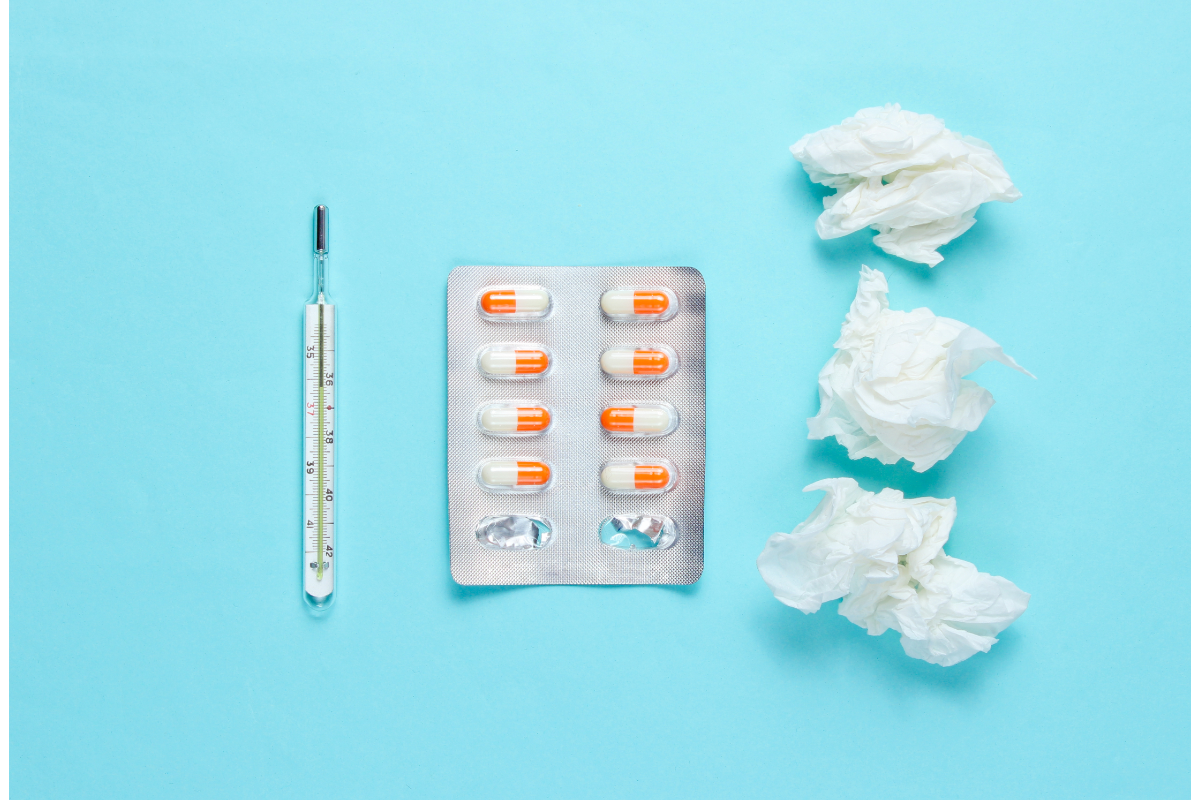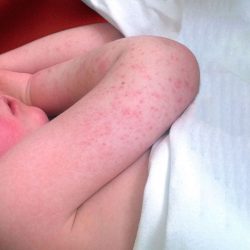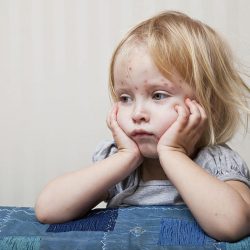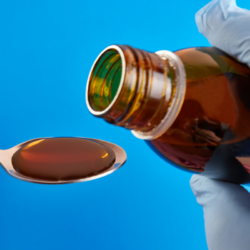Pertussis, a bacterial infection of the respiratory tract caused by Bordetella pertussis, poses a significant threat, especially to infants and young children. Vaccination remains the most effective method of preventing this disease, reducing the incidence and severity of symptoms. In addition to vaccines, various conventional and natural treatments are available to alleviate symptoms and speed recovery. Conventional treatments mainly involve the use of antibiotics.
What are the conventional treatments for whooping cough?
The doctor prescribes antibiotics from the macrolide family to treat whooping cough. These drugs rapidly reduce contagiousness. They allow the child to return to the community after five days’ treatment. They can also shorten the illness or prevent coughing fits if taken early. Antibiotic treatment is prescribed for the patient’s close family and friends, whatever their age, if they have not received a booster vaccination in the last five years.
Cough suppressants and bronchial thinners are ineffective and contraindicated in infants under the age of 2. Doctors routinely admit children under three months old with whooping cough to hospital for appropriate treatment. This ensures respiratory monitoring and prevents serious complications. These include dehydration, malnutrition, superinfection, encephalitis, pneumonia, respiratory distress and cardiac, renal or neurological failure.
In France, the health authorities reduced the school absence requirement from thirty to five days after the start of antibiotics in November 2006, then to three days with azithromycin. Treatment, started as soon as the disease is suspected without waiting for confirmation from the tests, can shorten the illness and limit transmission.
Additional measures include proper hydration, adequate nutrition and isolation of the patient. It is recommended that children be made to sit up during coughing fits. They should also be made to spit to clear the respiratory tract, and tranquillised.
Focus on the vaccine
There are two main types of vaccine: whole microorganism and acellular. The latter are better tolerated but slightly less effective. Vaccination of pregnant women protects infants until they are 2 months old.
Vaccination is the best protection against whooping cough. Since its introduction, the number of cases has fallen sharply, although the bacterium continues to circulate. Although vaccines are highly effective, their protection is limited in time, and booster doses are required. Infants under the age of 2 months, those under the age of 6 months, and teenagers and adults who have lost their immunity to the vaccine are the most affected.
The current vaccination schedule recommends that pregnant women be vaccinated from the second trimester onwards to protect newborns. This halves the number of hospital admissions and 95% of deaths in children under three months of age. If the mother is not vaccinated, her immediate family must receive the vaccine.
Infants should receive a primary vaccination at 2 and 4 months, followed by a booster at 11 months with hexavalent vaccines. The recommendations include a booster at 6 years of age with a tetravalent vaccine combination. They then receive a reduced dose at 11-13 years of age. For adults, a booster is required at the age of 25. Catch-up vaccination is still possible up to the age of 40, particularly for those around infants.
Healthcare and childcare professionals should receive booster doses at 25, 45 and 65 years of age, including the pertussis valence. Vaccination is strongly recommended for those working with infants under 6 months of age, such as maternity and neonatal unit staff.





